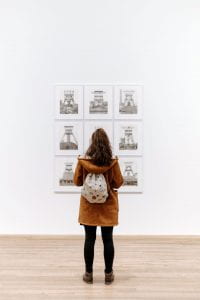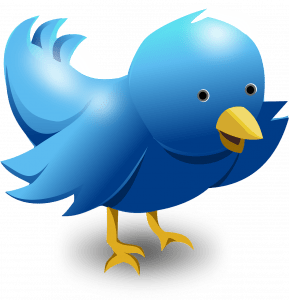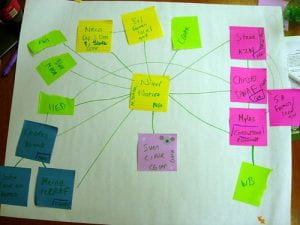
When I first hear the word curation I think of museums and art galleries, however I would propose that educators have always been curators, in this case of information and knowledge. According to the Oxford English dictionary (2019) to curate means to ‘select, organize, and present (online content, merchandise, information, etc.), typically using professional or expert knowledge’. Teachers have always done this, whether it just be from deciding which sections of which textbooks to use or bringing in an analogy from real life. Now of course it also includes items from digital technology, YouTube etc. Bhargava (2011) lists five types of curation:
- Aggregation – bringing the relevant information on a topic to one place.
- Distillation – put information in a simplified format, including only the most relevant information.
- Elevation – Identify larger trends from smaller bits of information.
- Mashup – merge existing content to make a new point of view.
- Chronology – organise information by time to show the progression of knowledge.
Traditionally, teachers mainly carry out curation of aggregation, distillation and at times chronology to make information more accessible, relevant and useful to users.
However, with the increasing amount of information available from social sharing and digital media educators need to curate to be able to effectively utilise information (Dale, 2014). As Rosenbaum (2011) states, ‘we can’t deal with the increasing amount of information by working harder or sleeping less, we need to change the way we think about things’ (so that’s why those strategies weren’t working!).
One process educators may use is the model proposed by Jarche (Dale, 2014) of seek, sense and share. This includes seeking out information (or using tools to make it come to you such as RSS feeders and networks) and making sense of information by using skills and knowledge to know which raw content is useful. Lastly, the curation must be shared with the intended audience (students, network etc) using storytelling techniques to join the information (Dale, 2014).
Kanter has further refined on this framework to include elements of curation and suggested time frames within each of the three elements.
 Source: Beth Kanter www.bethkanter.org
Source: Beth Kanter www.bethkanter.org
http://farm7.static.flickr.com/6164/6212246958_71d5878927.jpg
The table provides an easy to use guide as to elements of each stage and time frames. Many of the elements use a lot of common sense such as scan and capture high quality content when seeking, if you don’t it could lead to information overload and avoidance. Making a product and applying content in the sense category could make the curated content directly relevant to lessons/projects.
Whilst I agree with many of the elements, I do question how educators are able to fit in the suggested time for each activity each day in an already time poor practice of teaching. 11/2 -2 hours content curation a day, who has time even if the educator did incorporate it into lesson/library planning? This may be OK in the short term like planning a unit but is it sustainable long term?
Whilst being a good curator is a skill, technology makes curation available to everybody (Dale, 2014).
If you want to explore curation further this site provides a great overview of the importance of curation for educators and a review of some curation tools.
Do you practise any curation for your work/interests? If so, which tools do you prefer to use and why?
References:
Bhargava, R. (2011, March 31). The five models of content curation [blog post]. Retrieved from https://www.rohitbhargava.com/2011/03/the-5-models-of-content-curation.html
Dale, S. (2014). Content curation: The future of relevance. Business Information Review, 31(4), 199–205. doi: 10.1177/0266382114564267
Curation. In Oxford English dictionary online. Retrieved from https://en.oxforddictionaries.com/
TEDx Talks. (2011, June 6). Steve Rosenbaum – Innovate – Curation! . Retrieved from https://youtu.be/iASluLoKQbo




